Home>Ideas and Tips>How To Design A Stylish And Practical Home Gym In A Spare Room
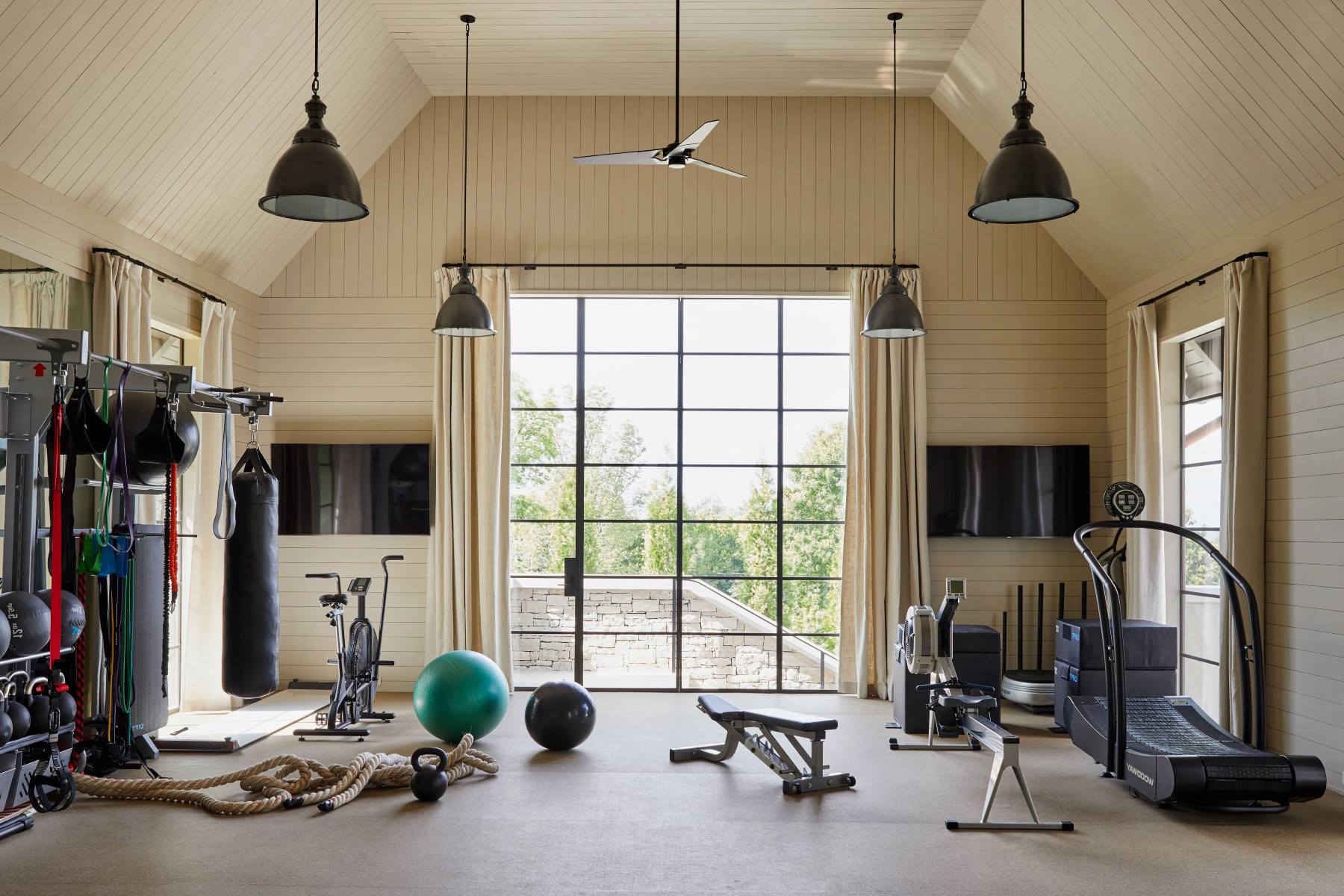

Ideas and Tips
How To Design A Stylish And Practical Home Gym In A Spare Room
Modified: November 2, 2024
Learn how to design a stylish and practical home gym in a spare room with tips on lighting, ventilation, equipment, and storage solutions.
(Many of the links in this article redirect to a specific reviewed product. Your purchase of these products through affiliate links helps to generate commission for Storables.com, at no extra cost. Learn more)
Creating a home gym in a spare room can be an excellent way to stay fit and healthy without having to leave the comfort of your own home. However, designing such a space requires careful consideration of several factors, including the room's layout, lighting, ventilation, and the type of equipment you need. In this article, we will guide you through the process of designing a stylish and practical home gym that you will actually enjoy using.
Before you start designing your home gym, it's crucial to choose the right room. The ideal room should be well-ventilated, have plenty of natural light, and be easily accessible. Here are some common spaces where you can set up your home gym:
-
Spare Bedroom: This is often the most convenient option as it is already a dedicated space. However, if you have a small bedroom, you can still make it work by optimizing the layout and using space-saving equipment.
-
Garage: If you have a garage, it can be converted into a home gym. Just ensure that it is well-ventilated and has enough space for all your equipment.
-
Backyard or Driveway: If you have a large backyard or driveway, you can set up an outdoor gym. This is ideal for those who prefer working out in the fresh air.
-
Basement: A basement can also be a great option for a home gym, especially if it has high ceilings and plenty of natural light.
When evaluating your options, consider the following factors:
-
Space Needed: Think about the type of exercises you plan to do and how much space you'll need. For example, if you're planning to do yoga or Pilates, you might need a larger space than if you're just lifting weights.
-
Preferred Fitness Routines: Different exercises require different types of equipment and space considerations. For instance, if you're focusing on cardiovascular exercises, you might need more space for running or cycling.
-
Equipment Needed: Make a list of the equipment you'll need based on your fitness goals. This will help you determine how much space you'll require.
-
Rooms Available for Conversion: Assess which rooms in your house could be converted into a gym. Consider factors like natural light, ventilation, and accessibility.
-
Budget: Set a budget before you start shopping for equipment. There are many budget-friendly options available, including second-hand items and DIY projects.
Once you've chosen the right room, it's time to start designing your home gym. Here are some key considerations:
Lighting
Lighting is crucial for creating a welcoming and functional space. Here are some tips for lighting your home gym:
-
Natural Light: If possible, place your gym in a room with plenty of natural light. This will not only make the space feel more inviting but also help you stay motivated.
-
Artificial Lighting: If natural light isn't an option, use high-quality artificial lighting that mimics natural light. This can include LED bulbs or floor lamps.
-
Color Scheme: Choose a color scheme that reflects your personality and makes you feel good. For example, you might opt for bright colors like pink or yellow to create a cheerful atmosphere.
Ventilation
Good ventilation is essential for maintaining a comfortable workout environment. Here are some tips:
-
Windows: Ensure that your gym has windows that can open for better airflow. This is particularly important if you're planning to do intense workouts that generate a lot of sweat.
-
Fans: Install fans to circulate air and keep the space cool during hot workouts.
-
Air Purifiers: Consider using air purifiers to maintain good air quality and reduce odors.
Storage Solutions
Storage solutions are vital for keeping your gym organized and clutter-free. Here are some tips:
-
Shelving Units: Use shelving units to store equipment like dumbbells, kettlebells, and resistance bands. Choose units with pretty designs to add aesthetic appeal to your space.
-
Baskets and Hooks: Use baskets and hooks to store smaller items like towels, water bottles, and accessories.
-
DIY Projects: Consider making your own storage solutions using materials like dowels or reclaimed wood. This can add a personal touch to your gym while keeping it organized.
Equipment Selection
Choosing the right equipment is crucial for creating a functional home gym. Here are some essentials to consider:
-
Floor Space: Ensure that you have enough floor space for your equipment. For example, if you're planning to do yoga or Pilates, you'll need a large mat.
-
Wall Space: Use wall space for hanging items like resistance bands or pull-down systems.
-
Yoga Mat: A good-quality yoga mat is essential for any home gym.
-
Dumbbell Set and/or Kettlebells: These are versatile pieces of equipment that can be used for various exercises.
-
Resistance Band Set: Resistance bands are inexpensive, versatile, and can be taken with you when traveling.
-
Timer/Stopwatch/Clock: A timer or stopwatch can help you keep track of your workout time and intensity.
-
Towels: Keep towels handy to wipe off sweat during your workouts.
-
Workout Log (Notebook or Dry Erase Board): Keeping a log of your workouts helps you track progress and stay motivated.
Additional Equipment Options
While the above-mentioned equipment is essential, there are many other options you might consider based on your specific needs:
-
Treadmill or Stationary Bike: These are great for cardiovascular exercises and can be placed in a corner of your room.
-
Pull-Up Bar: If you have high ceilings, consider installing a pull-up bar for strength training exercises.
-
Pilates Reformer: This equipment is ideal for Pilates enthusiasts and can be placed against a wall.
-
Free Weights: Free weights like barbells and dumbbells are versatile and can be used for various exercises.
-
Exercise Ball: An exercise ball is great for core exercises and can be used in conjunction with other equipment.
One of the best ways to maximize space in your home gym is to make it multifunctional. Here are some tips:
-
Double as a Home Office: If you have limited space, consider turning your home gym into a home office when it's not being used for workouts. This can include installing a desk or using a foldable desk.
-
Storage Solutions That Serve Multiple Purposes: Use storage solutions that serve multiple purposes, such as shelves that double as display racks for your favorite workout gear.
-
Foldable Equipment: Invest in foldable equipment like foldable treadmills or stationary bikes that can be easily stored away when not in use.
Adding whimsy to your home gym can make it more enjoyable and inviting. Here are some ideas:
-
Wallpaper and Decorative Paint: Add wallpaper or decorative paint on windows and ceiling moldings to give your space some personality.
-
Plants: Incorporate plants into your design for a calming environment. This is particularly beneficial for yoga and other restorative mat routines.
-
Artwork: Hang motivational artwork or quotes around the room to keep you inspired during your workouts.
-
Rattan Lighting: Use rattan lighting fixtures to add bohemian vibes to your space, making it feel more relaxing and inviting.
The atmosphere of your home gym is crucial for maintaining motivation and enjoyment during workouts. Here are some tips:
-
Natural Elements: Incorporate natural elements like hanging greenery or decorative wood pieces to create a calming environment.
-
Color Scheme: Choose a color scheme that reflects your personality and makes you feel good. Bright colors like pink or yellow can create a cheerful atmosphere.
-
Music: Play uplifting music during your workouts to keep you motivated and energized.
-
Mirrors: Use mirrors strategically around the room to create the illusion of more space and add a touch of luxury.
Brightening up the space can make it feel larger and more inviting. Here are some tips:
-
Floor-to-Ceiling Mirrors: Install floor-to-ceiling mirrors to create the illusion of more space and add a touch of luxury.
-
White Painted Floors: Paint the floors white to enhance that fresh, wide-open feeling.
-
Bright Colors: Use bright colors on walls or furniture to create a cheerful atmosphere.
Designing a stylish and practical home gym in a spare room requires careful consideration of several factors, including lighting, ventilation, storage solutions, equipment selection, and making it multifunctional. By following these tips and adding personal touches like whimsy and natural elements, you can create a space that you'll actually enjoy using. Remember to choose the right room based on your needs and budget, and don't hesitate to get creative with DIY projects or second-hand items. With these guidelines, you'll be well on your way to creating a home gym that fits your lifestyle perfectly.
Was this page helpful?
At Storables.com, we guarantee accurate and reliable information. Our content, validated by Expert Board Contributors, is crafted following stringent Editorial Policies. We're committed to providing you with well-researched, expert-backed insights for all your informational needs.
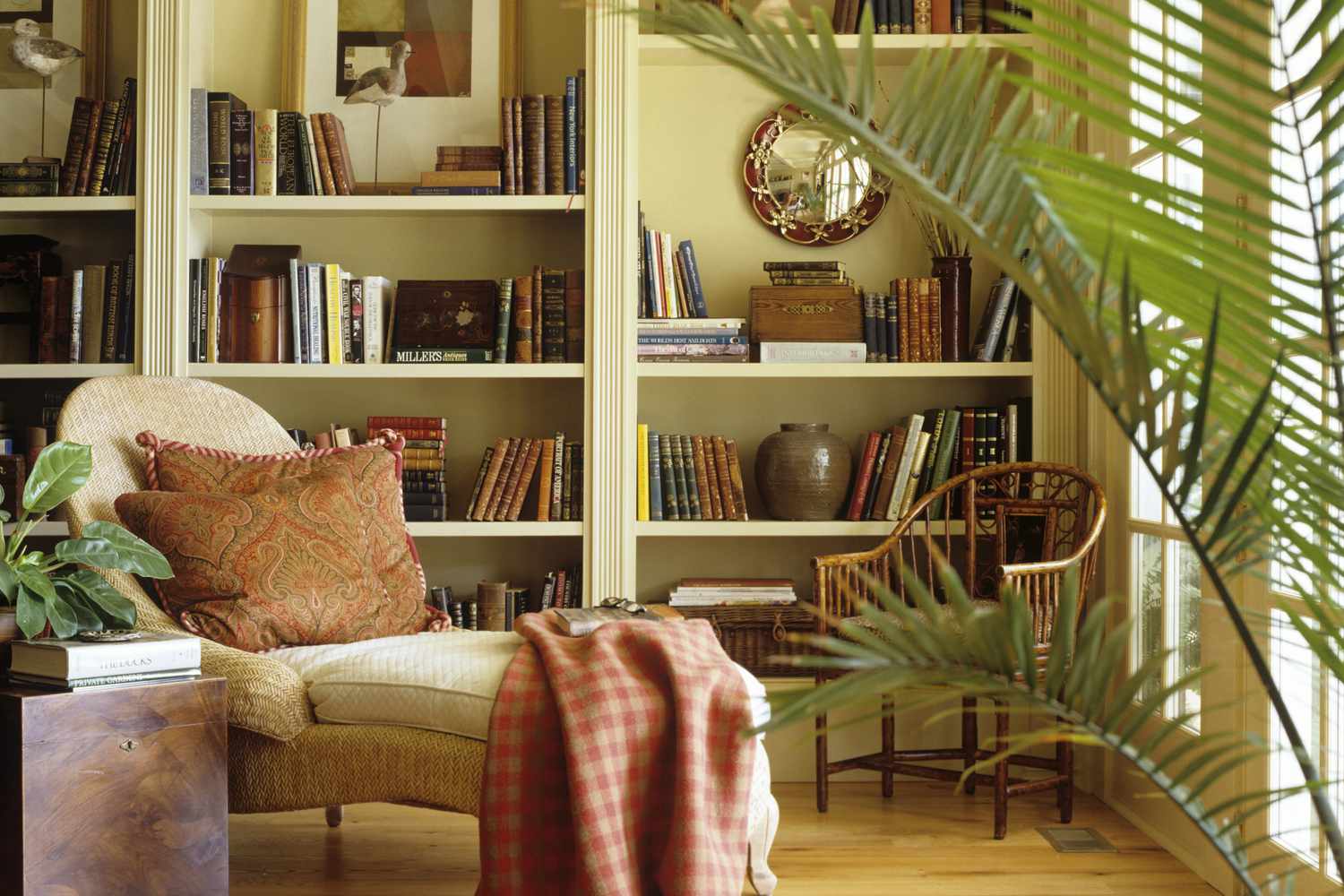
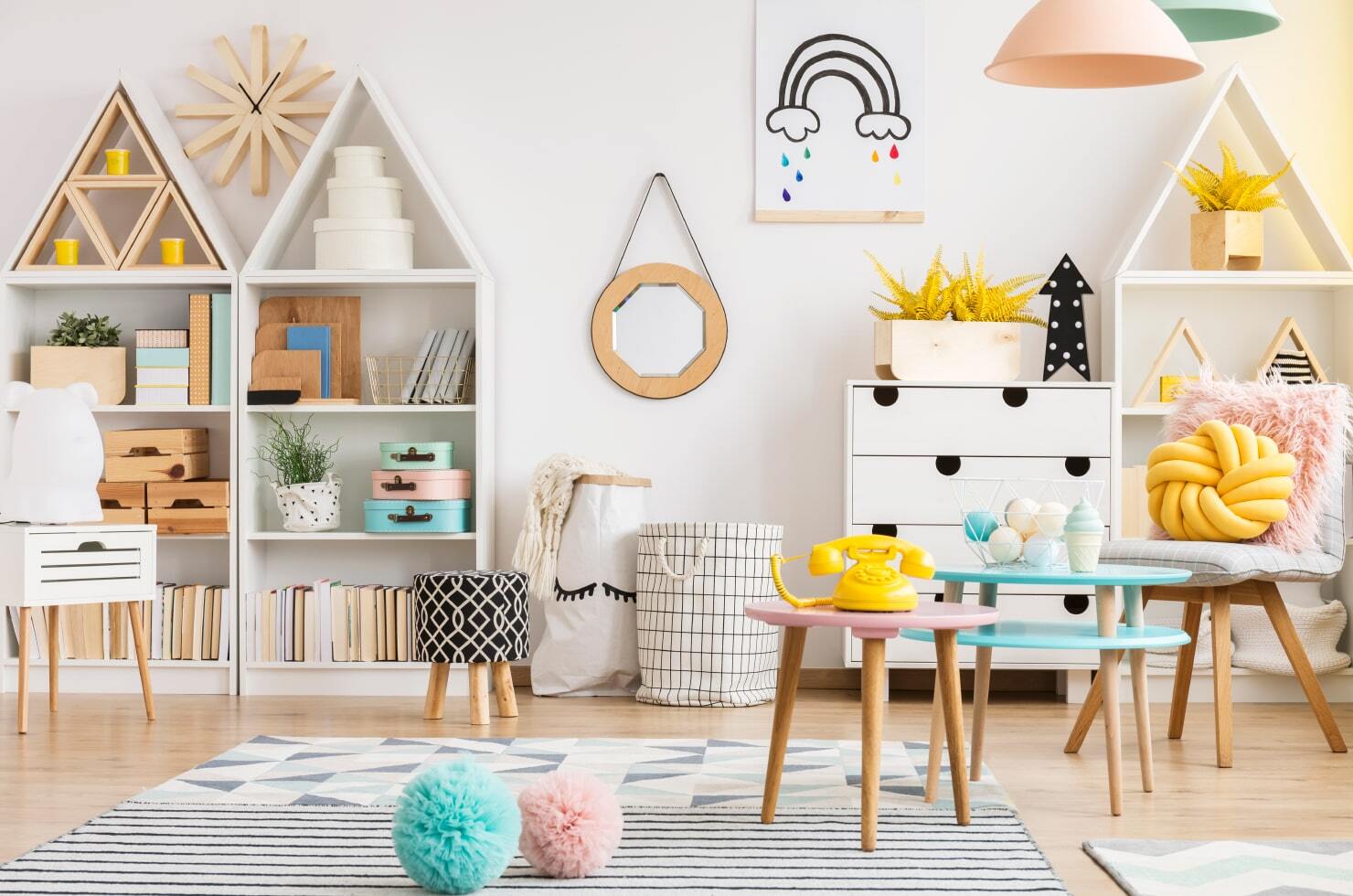
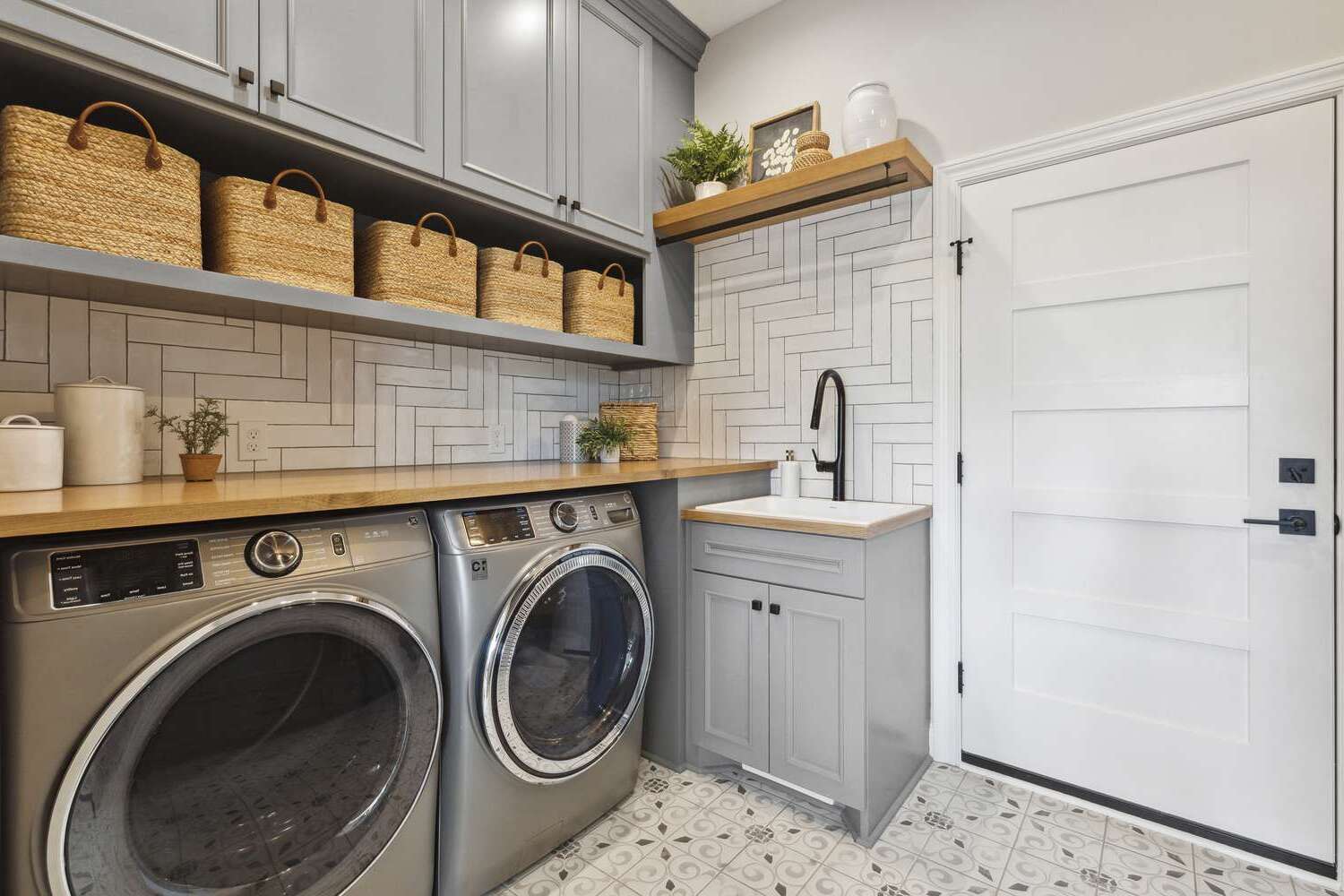
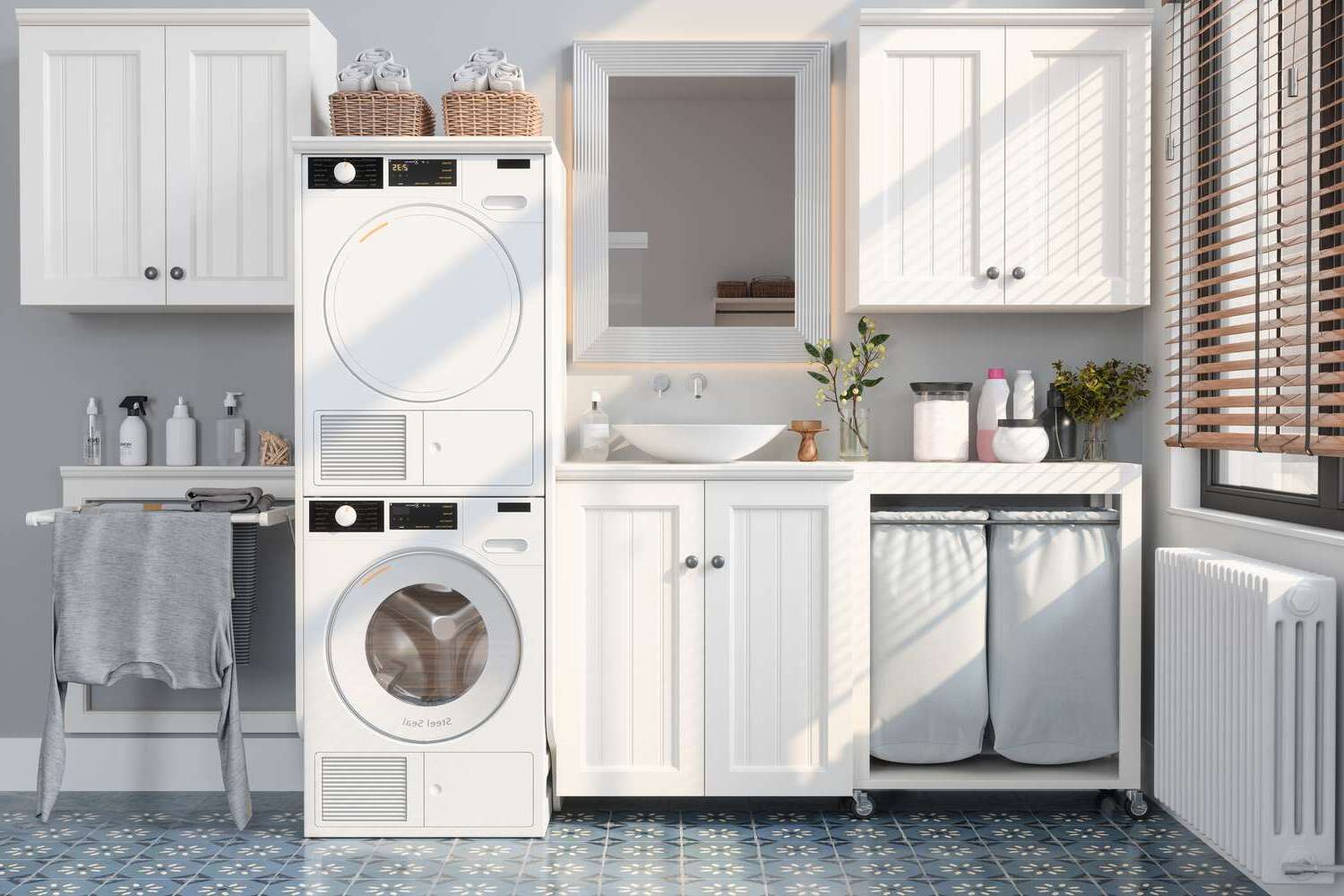
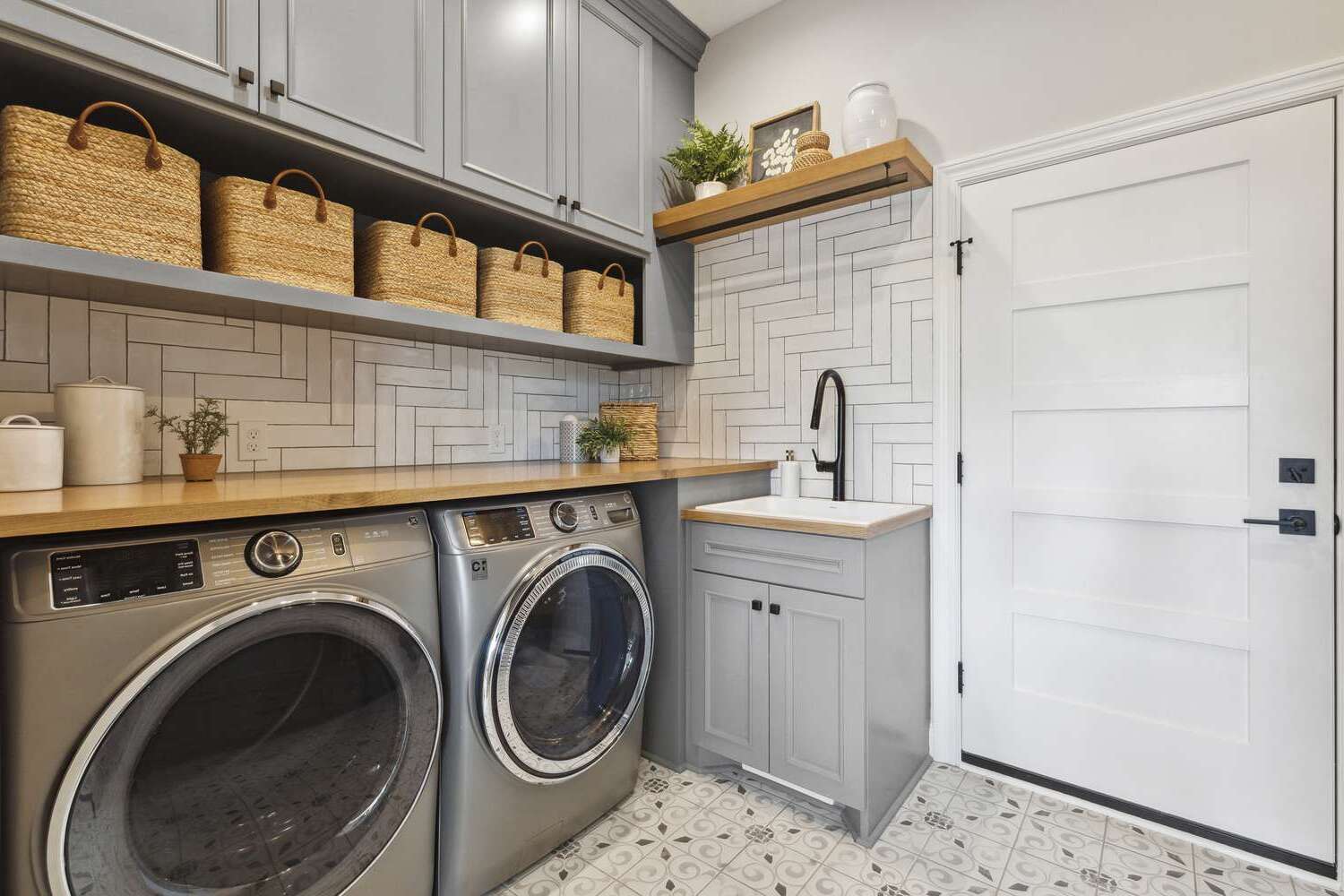
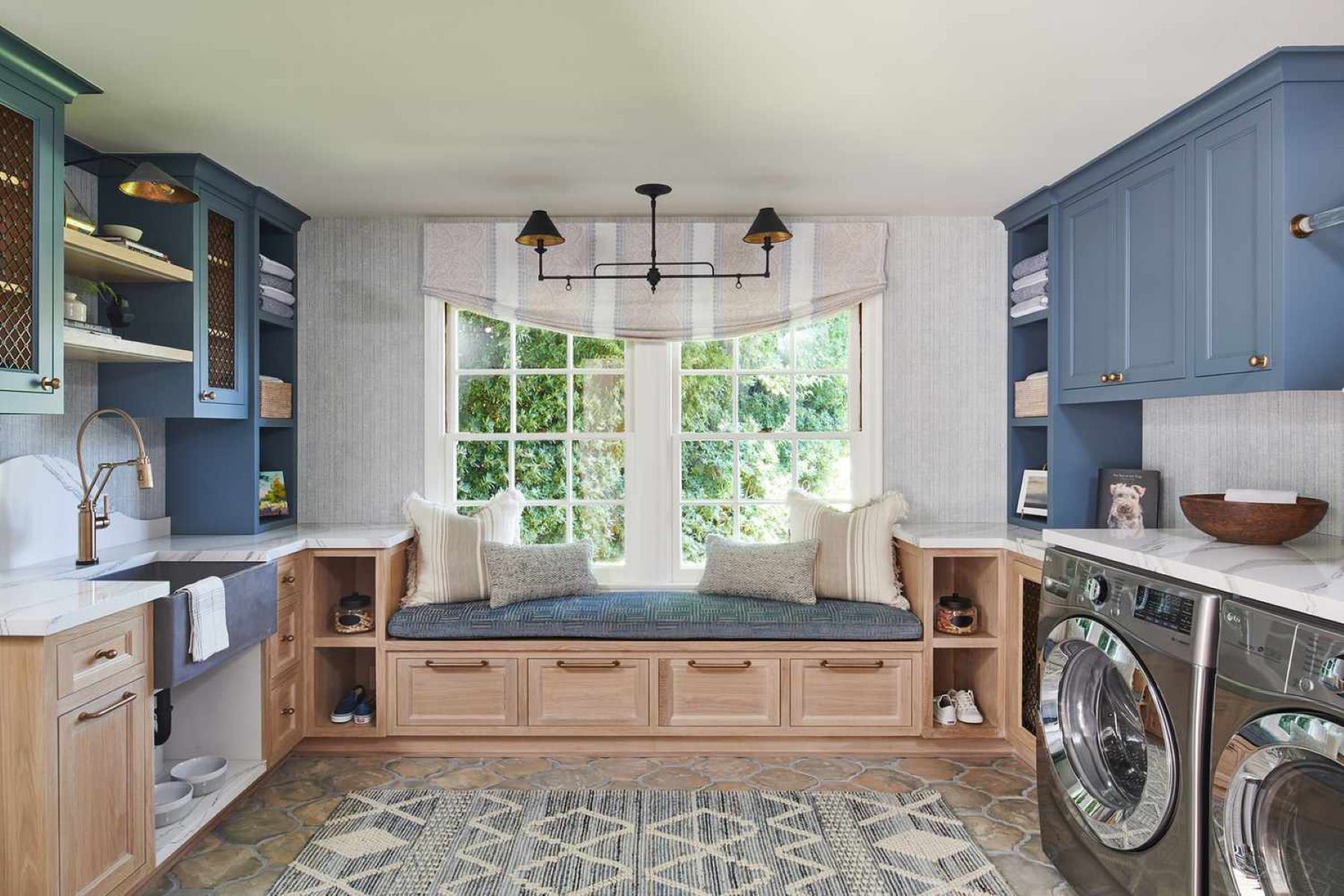
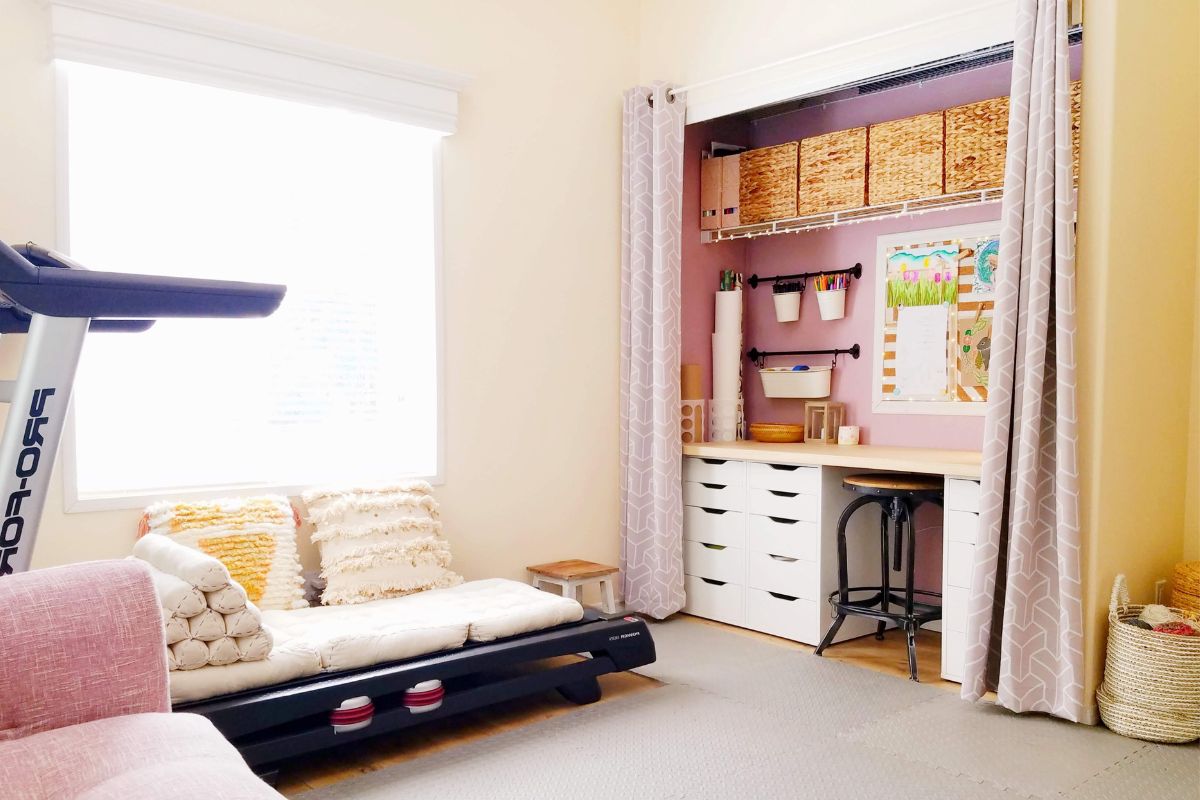
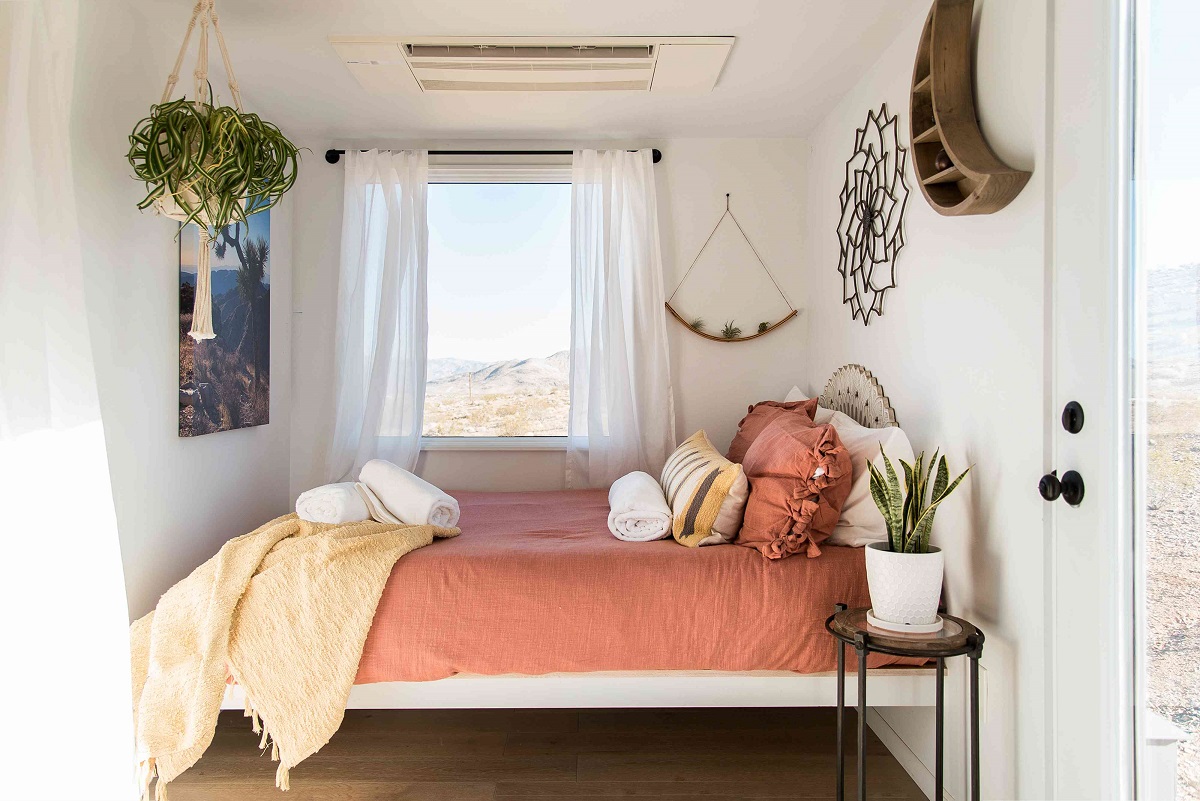
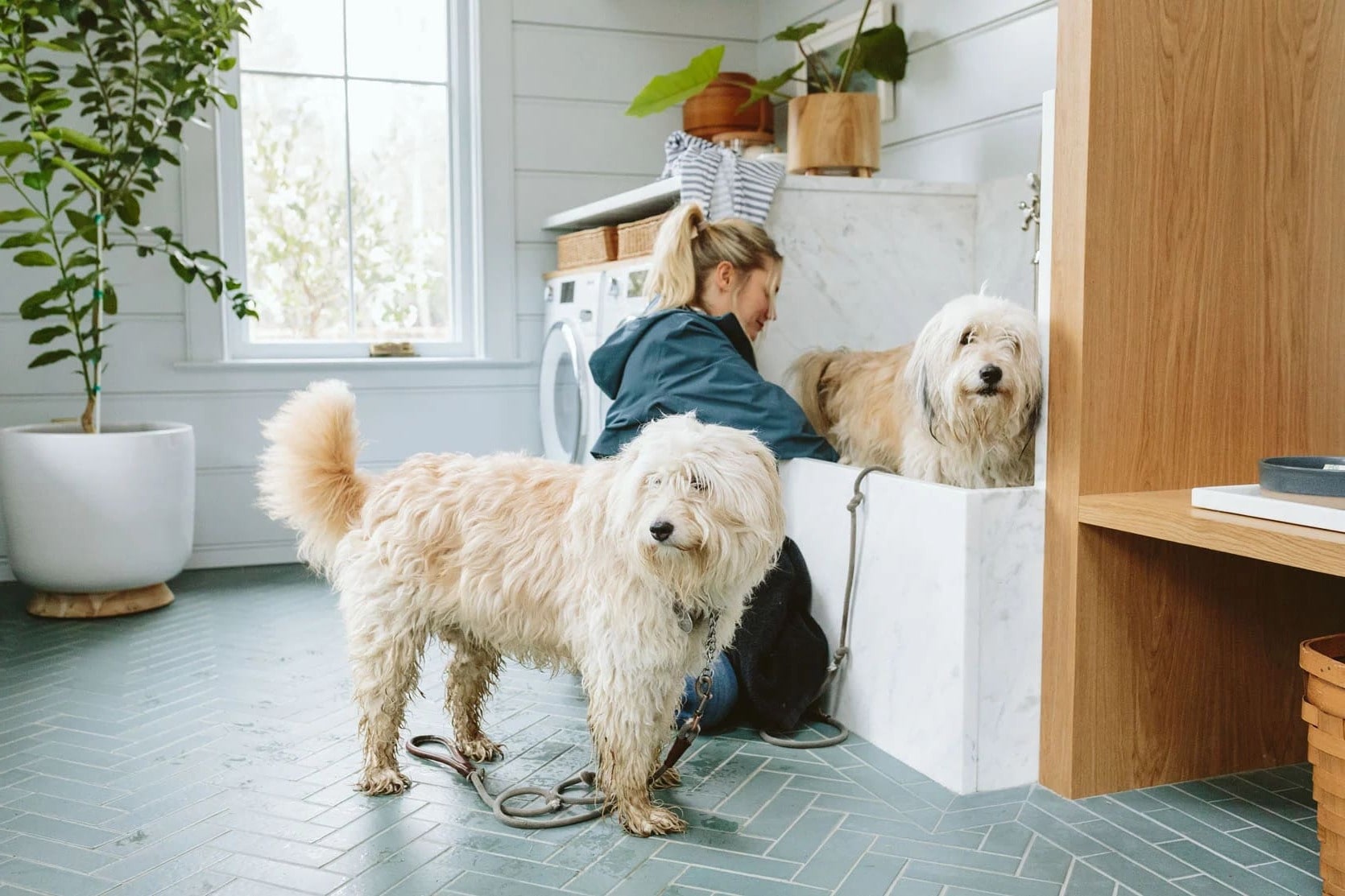
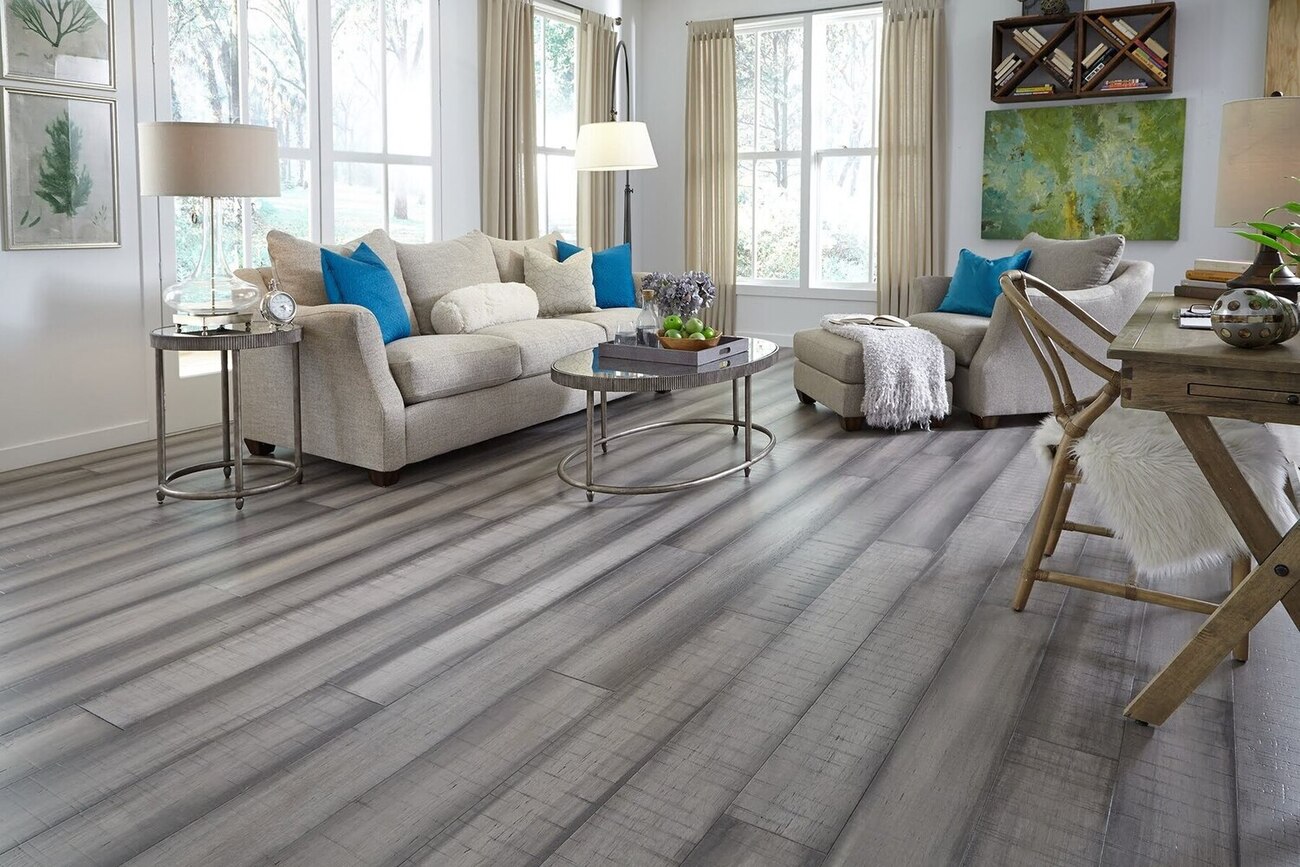
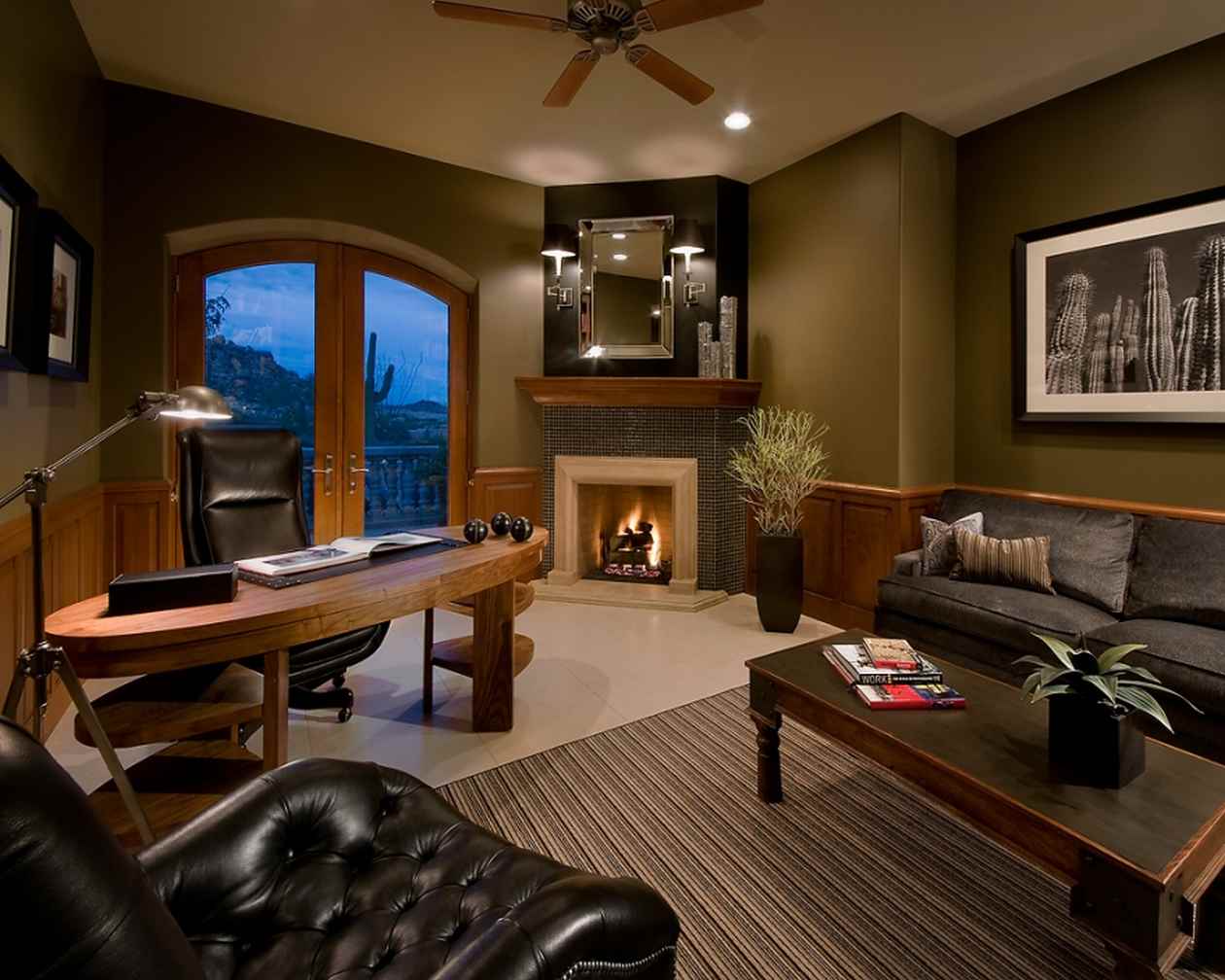
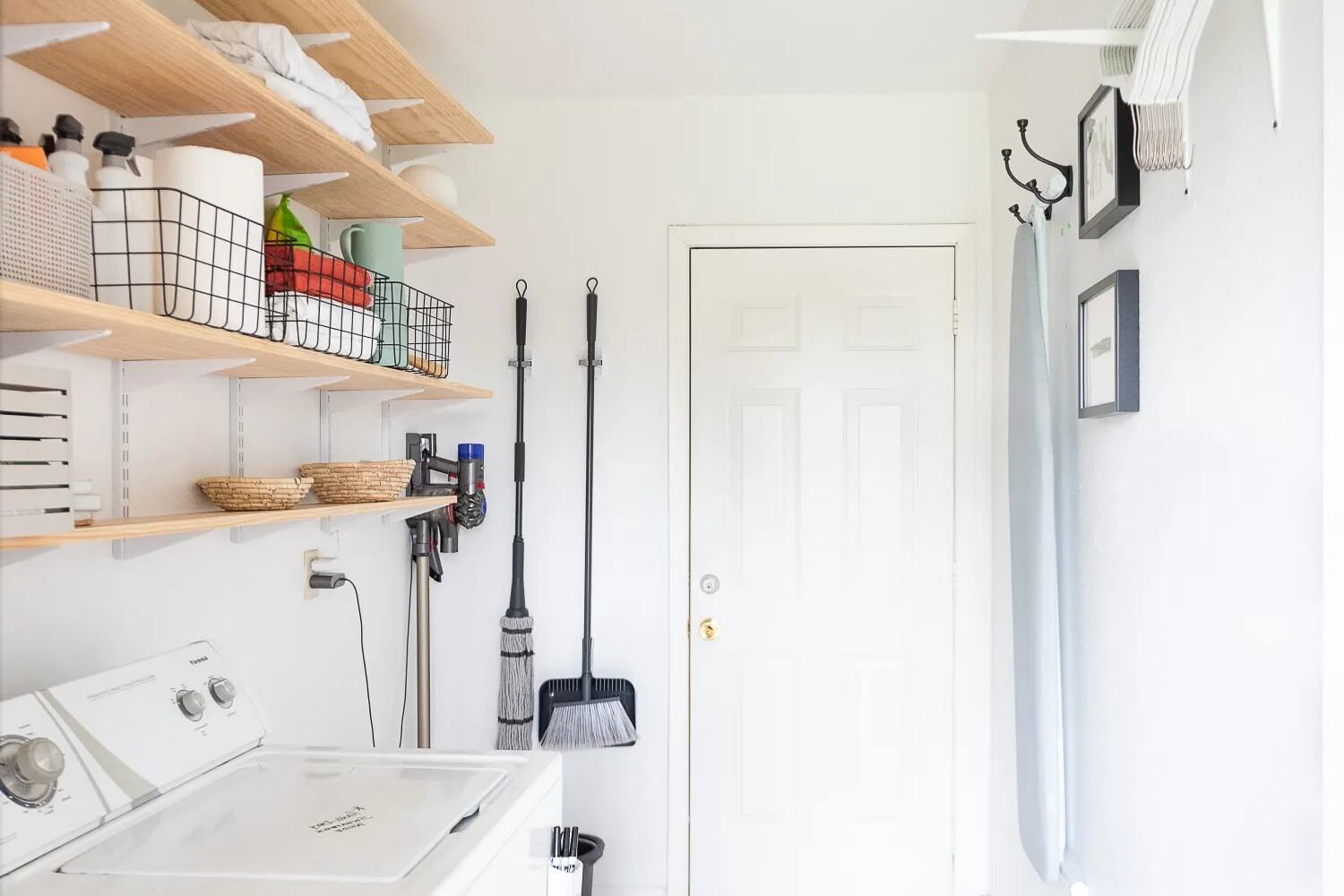

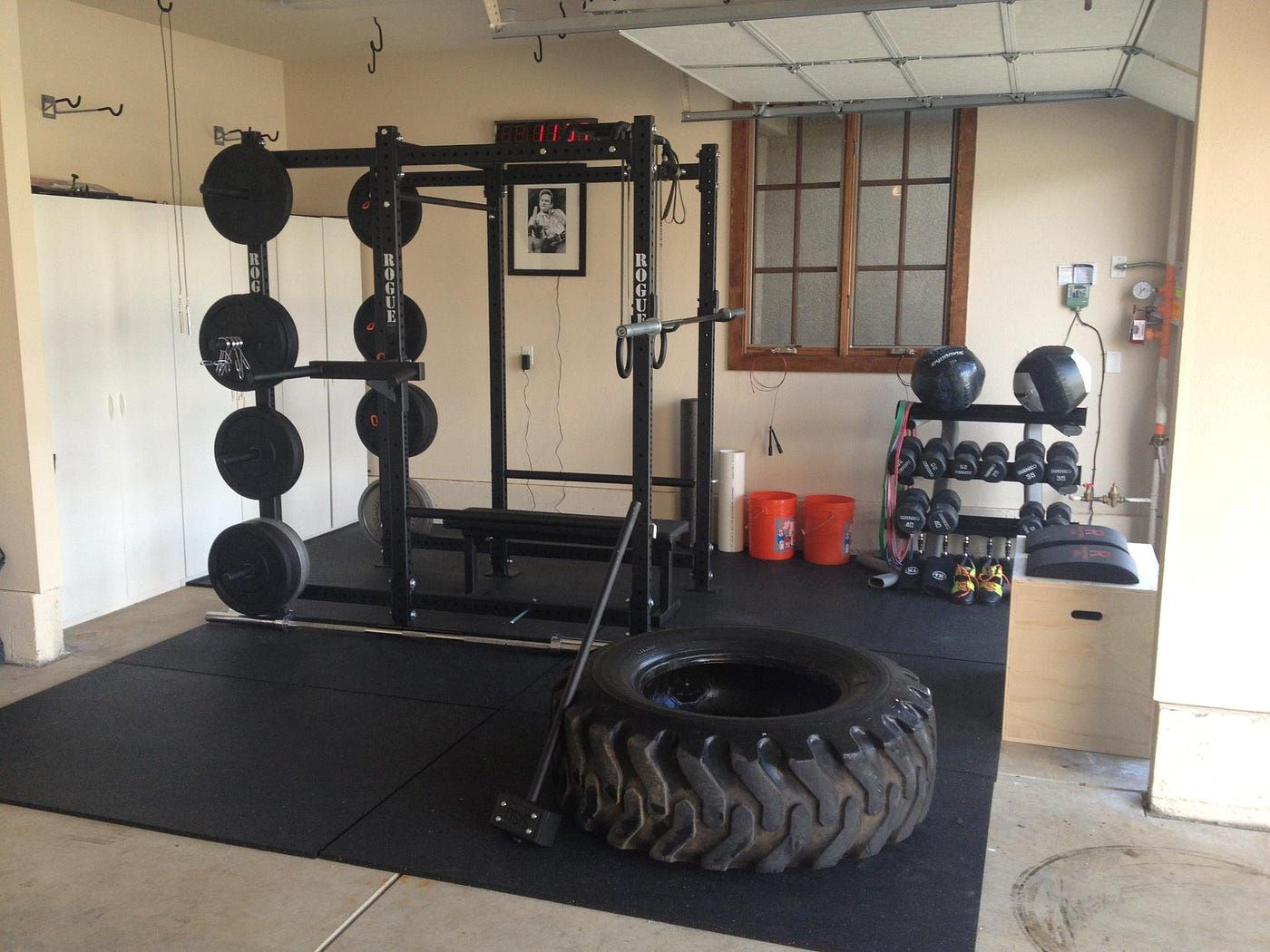
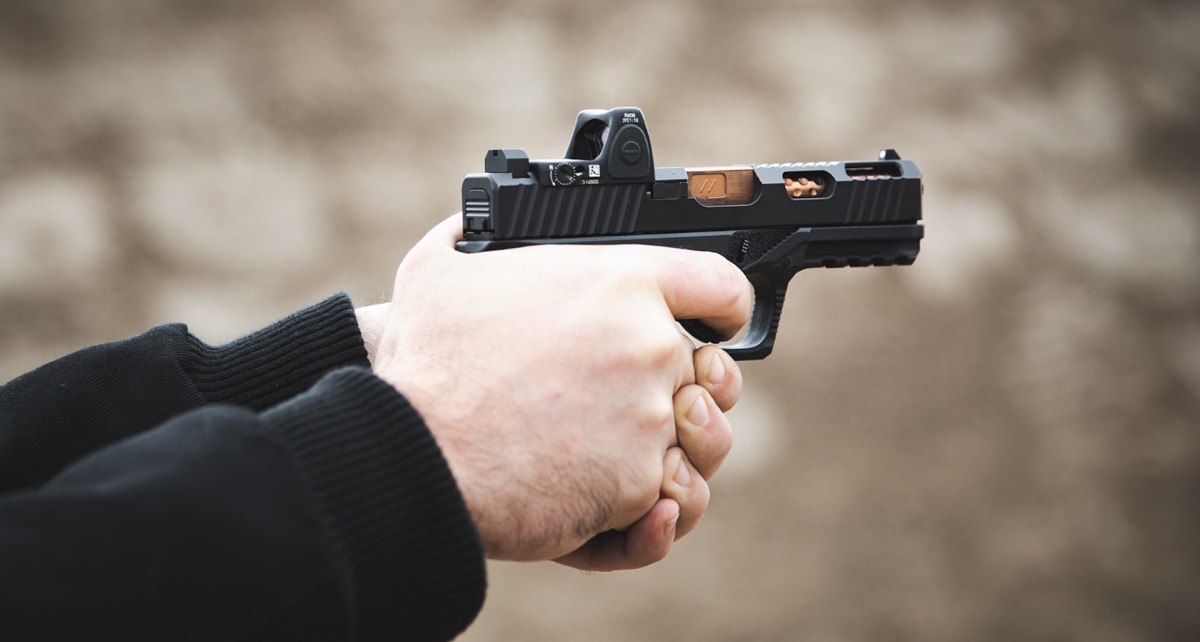

0 thoughts on “How To Design A Stylish And Practical Home Gym In A Spare Room”